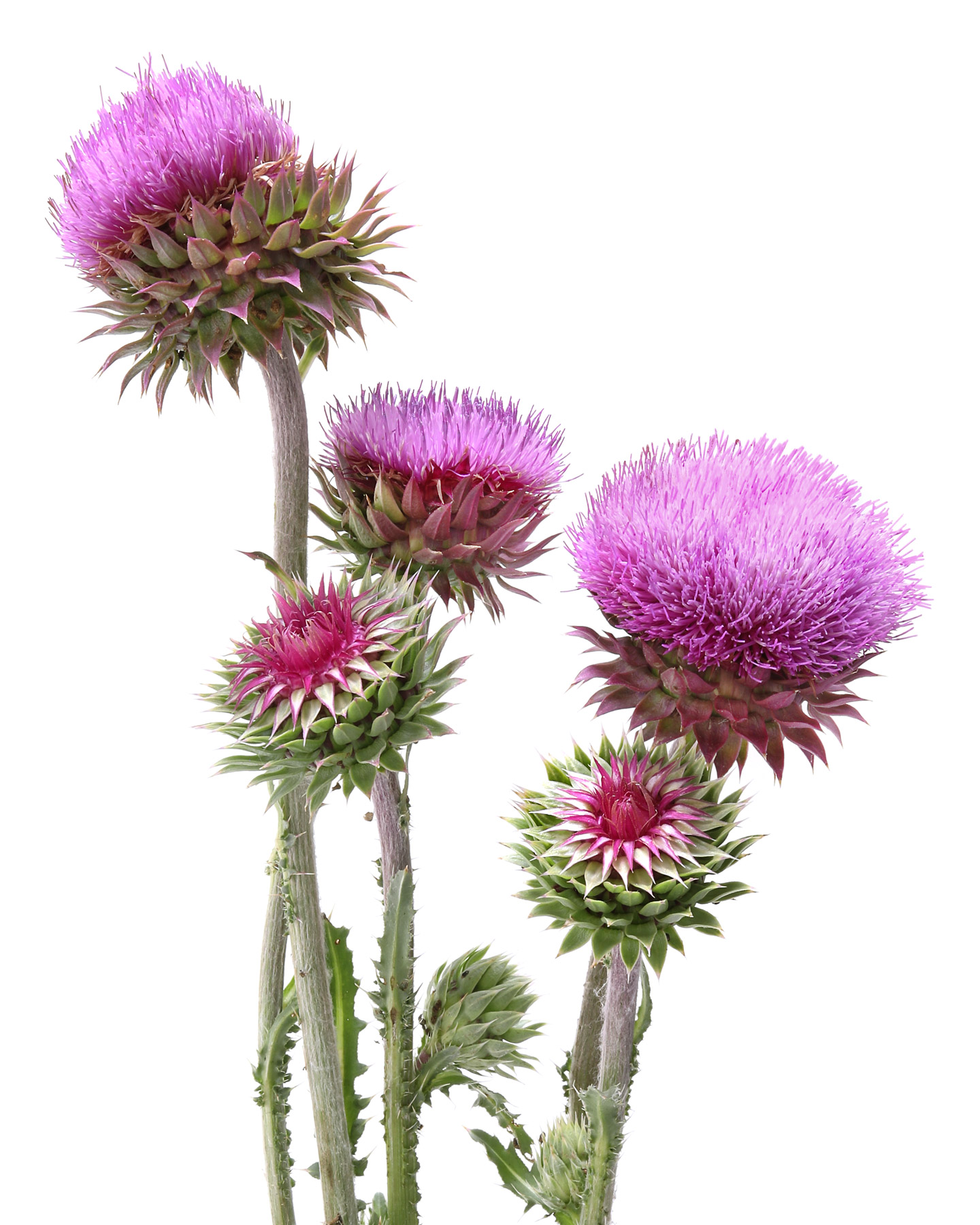
and just like that
it’s musk thistle season once again. a personal favorite. this year, due to drought, the roadsides are far magenta pink than normal. but a few have managed thrive, even without rain. i don’t know why i love these roadside weeds so dearly. they are an absolute nightmare to gather even with leather gardening gloves–those stems look innocent enough, but they are a master class in self-defense. enjoy them from a distance. you’ve been warned.
Musk thistle, nodding thistle (Carduus nutans L.)
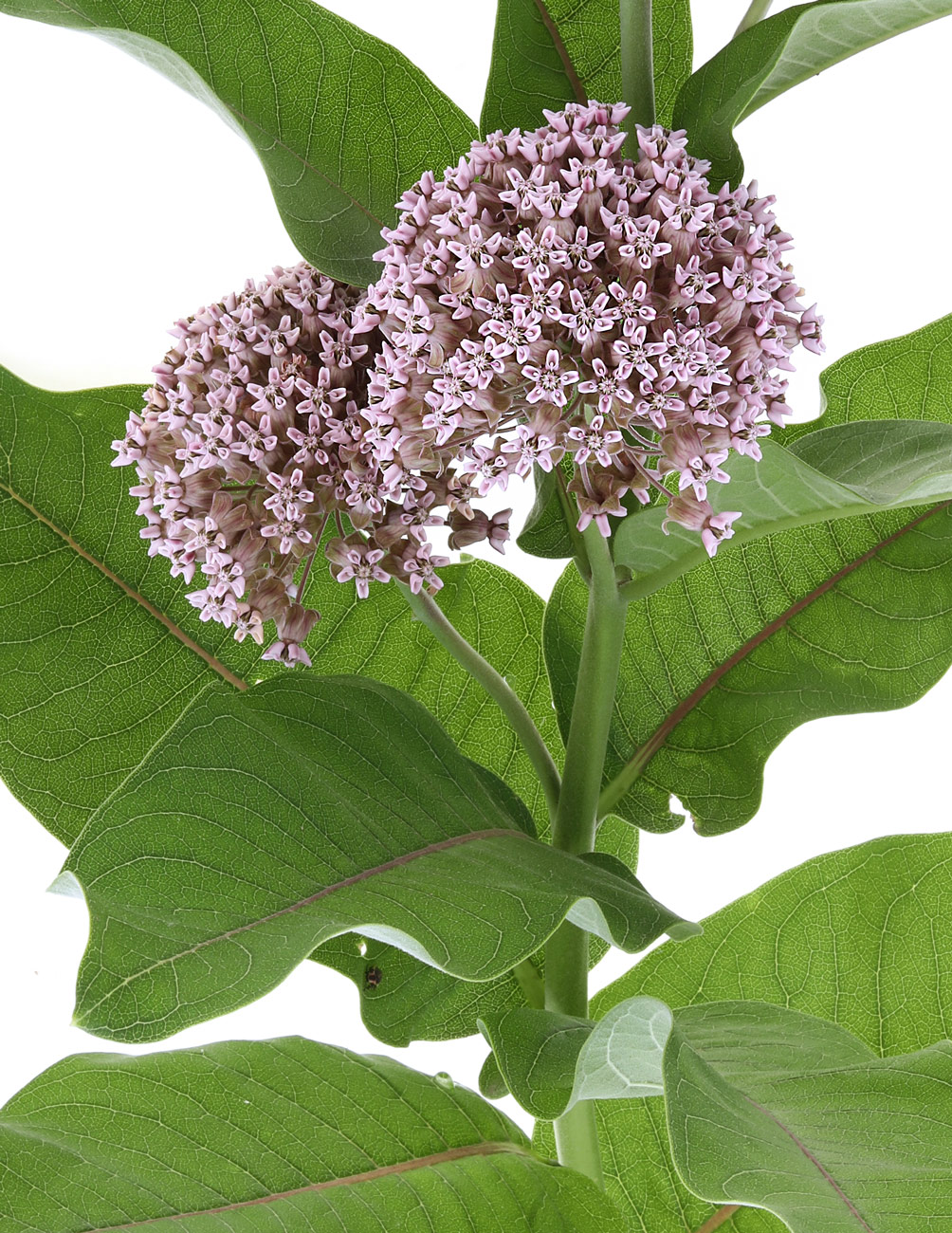
happy pollinators
i just learned that minnesota is paying 75% of the costs for homeowners to convert their lawns into pollinator friendly landscapes. i am thrilled about this. steve and i have been pecking away at this for a decade. we keep bees. actually, the university of minnesota does our beekeeping. we are one of their research sites. in exchange, we get the honey and the enjoyment of observing the whole process. both my kids have worked for the UofM bee lab at one point or another. participating in the this program fills me up–it is one concrete way in which i can live my values. yesterday, the bee lab beekeepers were out doing an inspection, and they found so much honey in our two hives, that they decided to add additional “supers” (those stackable boxes filled with trays of comb starters). so, it looks like this year will be a banner year four our girls (yes, the honeybees are all females). in a world with so much uncertainty, this feels grounded and good.
milkweed flowers (Asclepias)
-
That is so exciting! I’m very happy for you and the bees. We can all learn from your home state!
reply
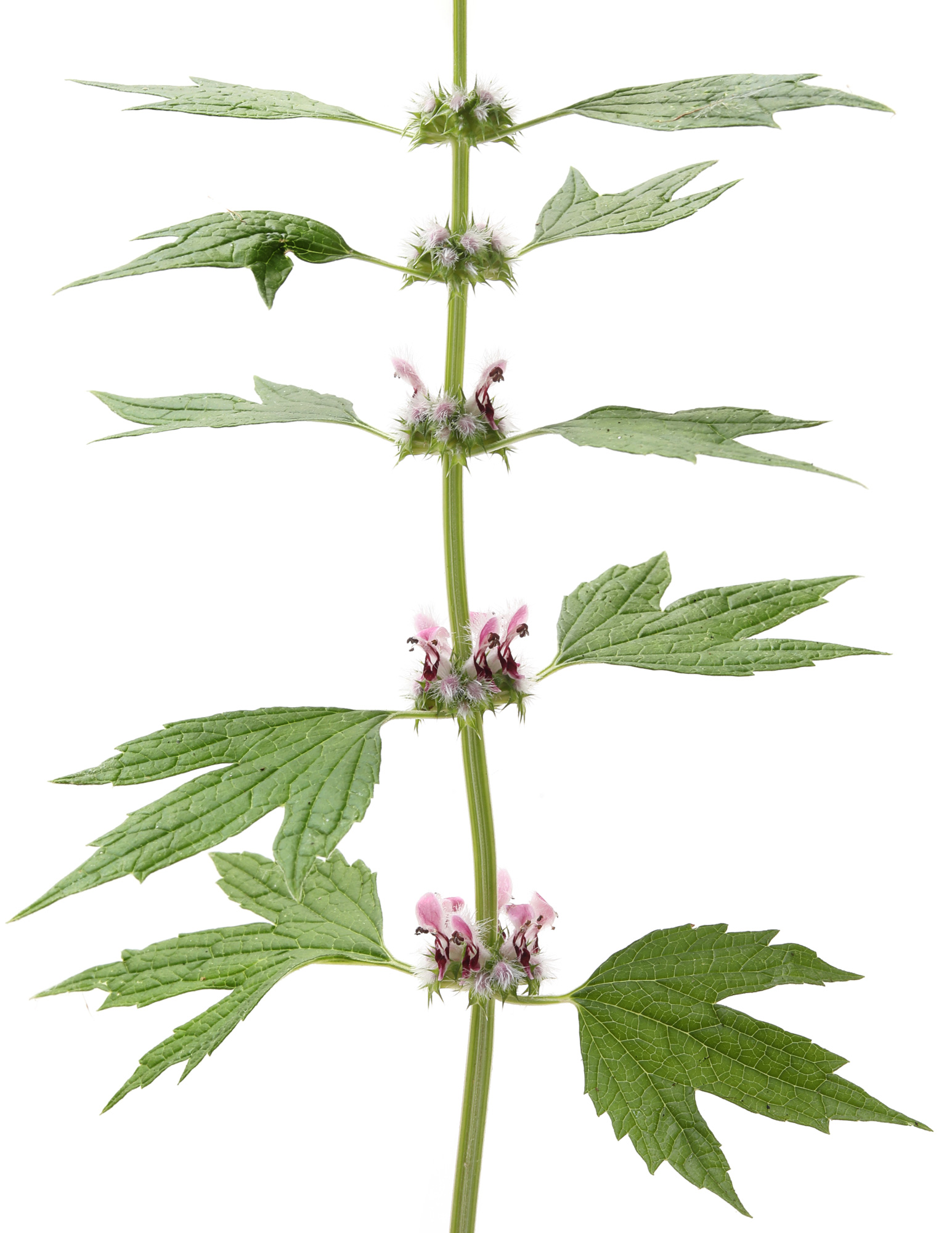
the universal code of nature
the spacing of the branches of this motherwort look very fibonacci-ish to me. the fibonacci sequence appears to be the fundamental characteristic of the universe. it’s a simple series where each consecutive number in the series is found by adding up the two numbers before it: 0, 1, 1, 2, 3, 5, 8, 13, 21, 34, … it’s that simple. and it shows up everywhere in nature–the number of petals in a flowers, the arrangement of seeds in a seed head, the spiraling arrangement in pinecones, pineapples, and cauliflower, the branching of trees, the logarithmic spirals in shells, the spiral shapes of galaxies, and hurricanes, the geometry of the human face, the length of of section of the finger from tip to wrist, the proportions of animal bodies like dolphins, starfish, sand dollars, sea urchins, ants, honey bees and humans (the measurement from the navel to the floor and the top of the head to the navel is the golden ratio), honey bee colony dynamics (the ration of males to females), animal flight patterns, and DNA molecules– to name a few. it seems to me to be THE universal code of nature. google “fibonacci in nature” and you will see the nearly inexhaustible list of examples. like anything, once it’s pointed out to you, you will start to see it everywhere.
motherwort in bloom (Leonurus cardiaca)
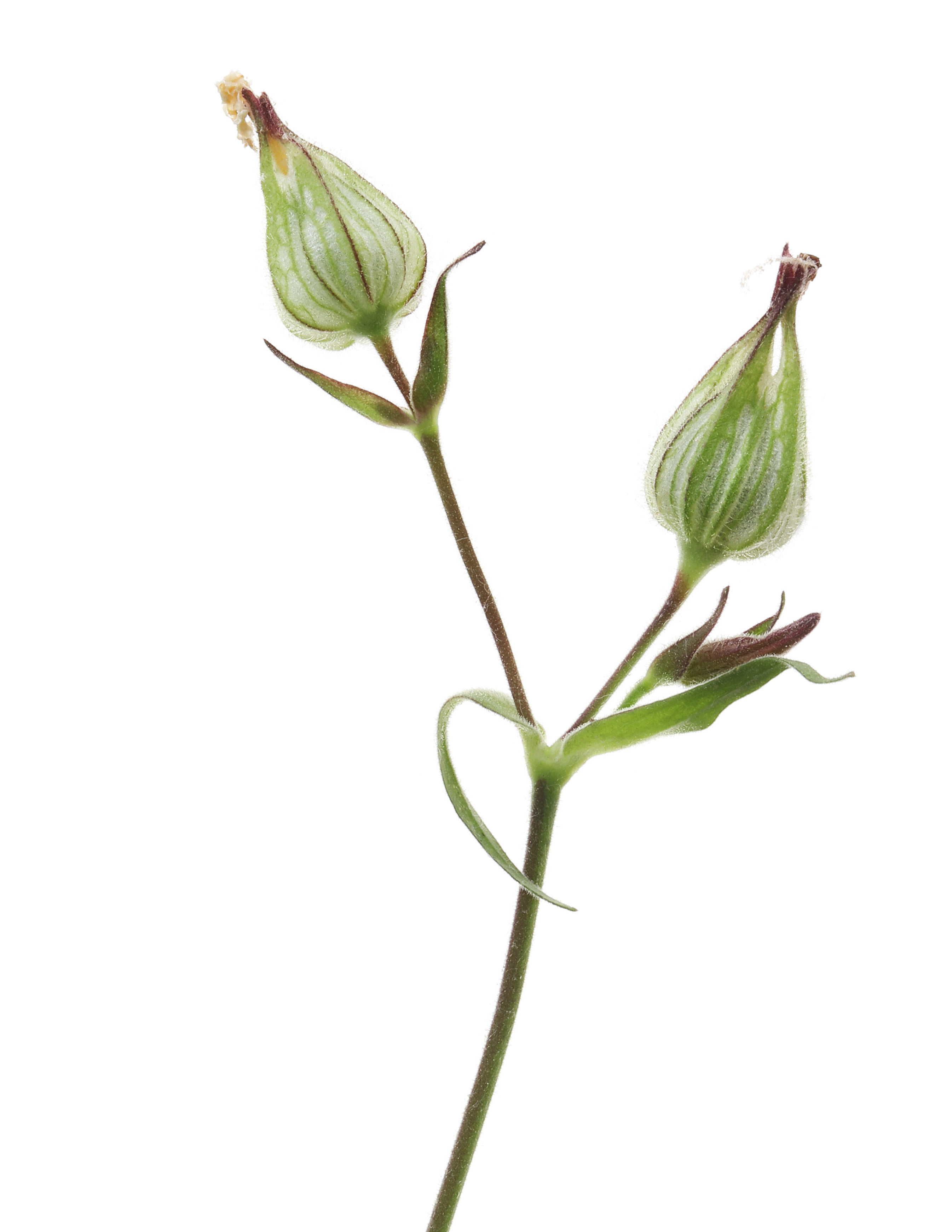
night blooming flowers
i am not a morning person. i used to be. but now at age 59 i am not. i love sleep, and am a big believer in the importance of sleep for cellular repair. so, i try to get at least 9 hours a night. on a typical day, i get up around 8:30 AM, and like to get a slow start to my day with two cups of tea before i’m ready to dig in. this explains why i never seem to catch these white campions when they are in full bloom. turns out, they are night bloomers. i may notice them in the morning, and make a mental note to photograph them, but by the time i set up my STILL corner under the kitchen windows, all the blooms have disappeared. i always assumed they were simply short-lived and had already withered and died. but alas, they had instead pulled back inside their bladder for the day. i may try tomorrow to catch a few blooms first thing in the morning, but it’s the striking bladders that capture my attention most anyway. like so many of our roadside wildflowers, campion is not-native but naturalized all over the north america. it is thought to have arrived as a component of ship ballast. if i had to guess at the percentage of plants in my 3 acres of woodland that are native versus non-native, my educated guess would be 50-50. i don’t know if this is good or bad. there is no turning back the clock. it is well known that native plants are healthier for the ecosystem as the indigenous critters are highly adapted to rely on exactly those native plants. should i pull this white campion from my along my driveway, or let it be? the roadsides are loaded with it right now. my few strays are but a drop in the proverbial bucket. tell me what you do?
white campion (Silene latifolia subsp. alba)
-
It seems rather pointless, unless you’re planning to eliminate all plant foreigners from your three acres. It’s probably already spread seed and, if not, seed will travel back to your hospitable land via all the ways that seed gets around, right? Especially if its along your roadsides. It’ll require eternal vigilance to eliminate that 50% of non natives. I picture you on your walks with a large basket on your back for all the invaders you pull up. And every time you pull a weed, you disturb seeds buried in the soil which will now germinate, native and non native alike. So… I guess I forgot to answer your question. I’d leave it. But I seem to remember you saying you were eliminating the non native trees in your woodlands, which I think is a worthy pursuit. Anyhow, you need to have time to sit on the deck with wine and cheese! Definitely a worthwhile pursuit!
Sorry, didn’t mean to write a book.reply
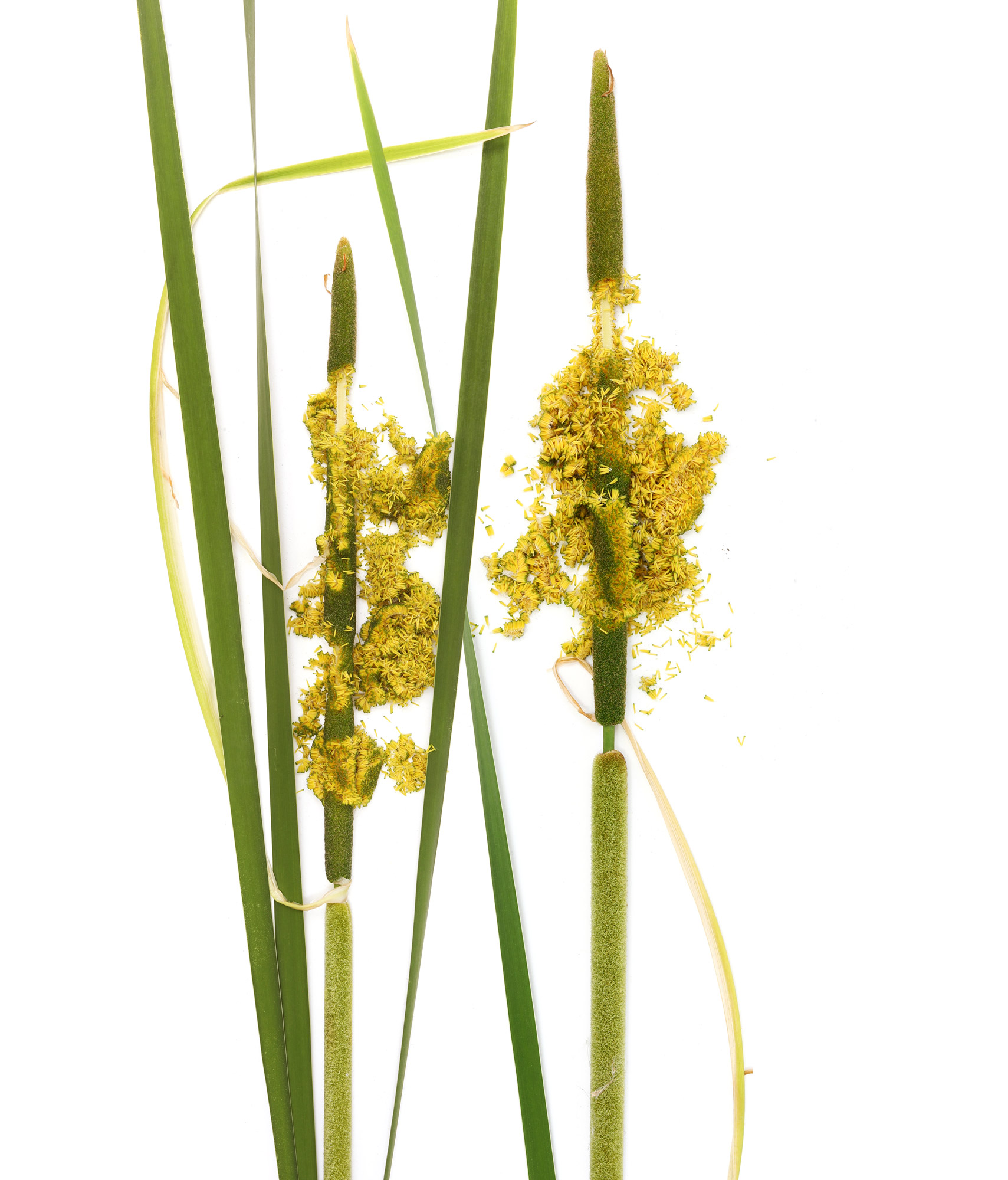
summer solstice (a.k.a. maximum tilt) ☀️
happy summer solstice y’all! the solstice marks the official beginning of astronomical summer in the northern hemisphere, occurring when earth arrives at the point in its orbit where the north pole is at its maximum tilt (about 23.5 degrees) toward the sun, resulting in the longest day (16 hours) and shortest night (8 hours) of the calendar year. on this day, the northern hemisphere receives sunlight at the most direct angle of the year. by the way, the solstice is not the same as the perihelion, which is the sun’s closest approach to the earth. perihelion happened on january 4th this year. at our house, we usually recognize the solstice by having friends over for dinner on the deck so we can take advantage of the extra long daylight (because in minnesota once twilight starts the bugs often chase us back inside). while i always recognize the winter solstice with an abundance of candles and an offering of food to the wild animals, it occurred to me that i don’t really formally celebrate the summer solstice in a similar way. so i looked up some suggestions. here’s what i found:
- observe both the sunset and sunrise on this day–watch is begin and end
- go swimming, and then soak up the sun’s energy by sunbathing
- say it with flowers: make flowers crowns or wreathes, fill vases, plant sunflowers
- make a sun-catcher
- make an alter to light–include flowers, crystals, fruit, herbs, and candles
- plant a perennial or tree to signify future bountiful harvests
- make a feast with seasonal foods: grilled veggies, peach or berry cobblers, lemon iced tea with thyme or mint
- dance around a bonfire all night long (it’s only 8 hours!)
- start summer resolutions
- greet the sun with a yogic sun salutation
- go full woo-woo: cast a spell, bury your negative feelings, write a manifesto, speak your intentions to the universe
- get outside and play!
these golden-yellow (male) cattail flowers seem to exemplify this abundance of sunshine. i barely pinched those green spikes and the number of flowers that spilled out was astonishing. heaps and loads of plentitude this time of year, all fueled by the sun’s energy. let’s celebrate.
male cattail flowers (typha)


